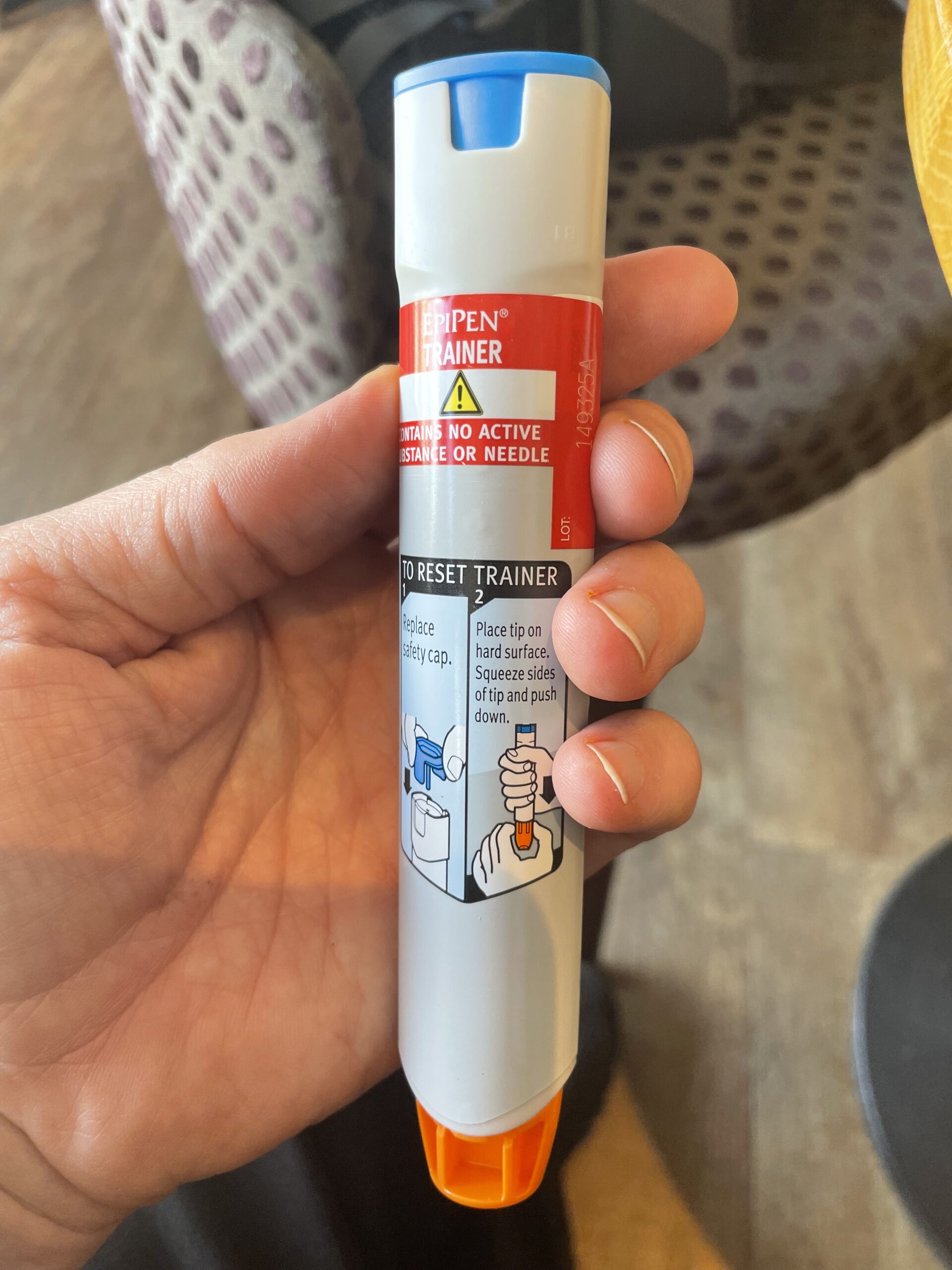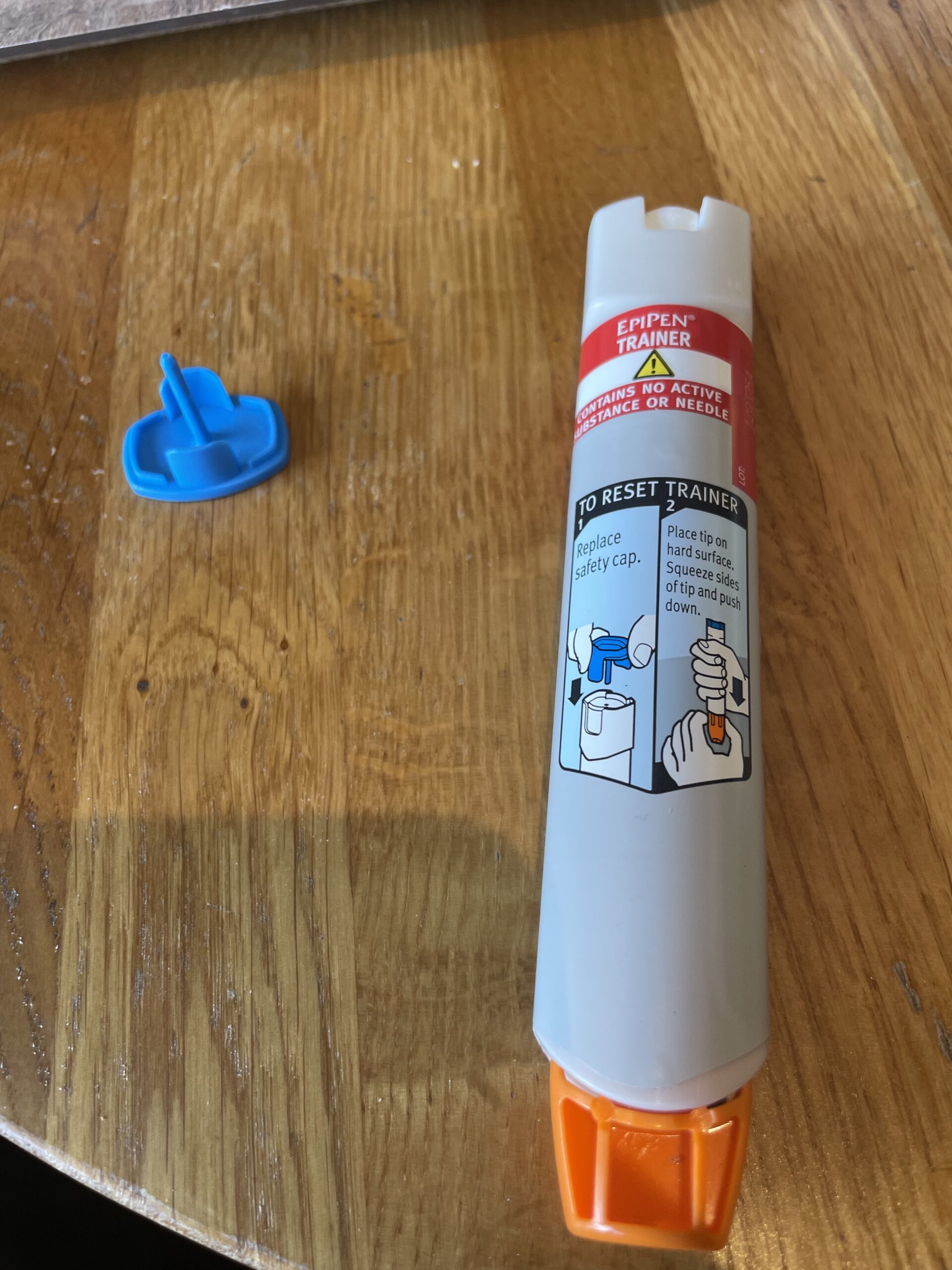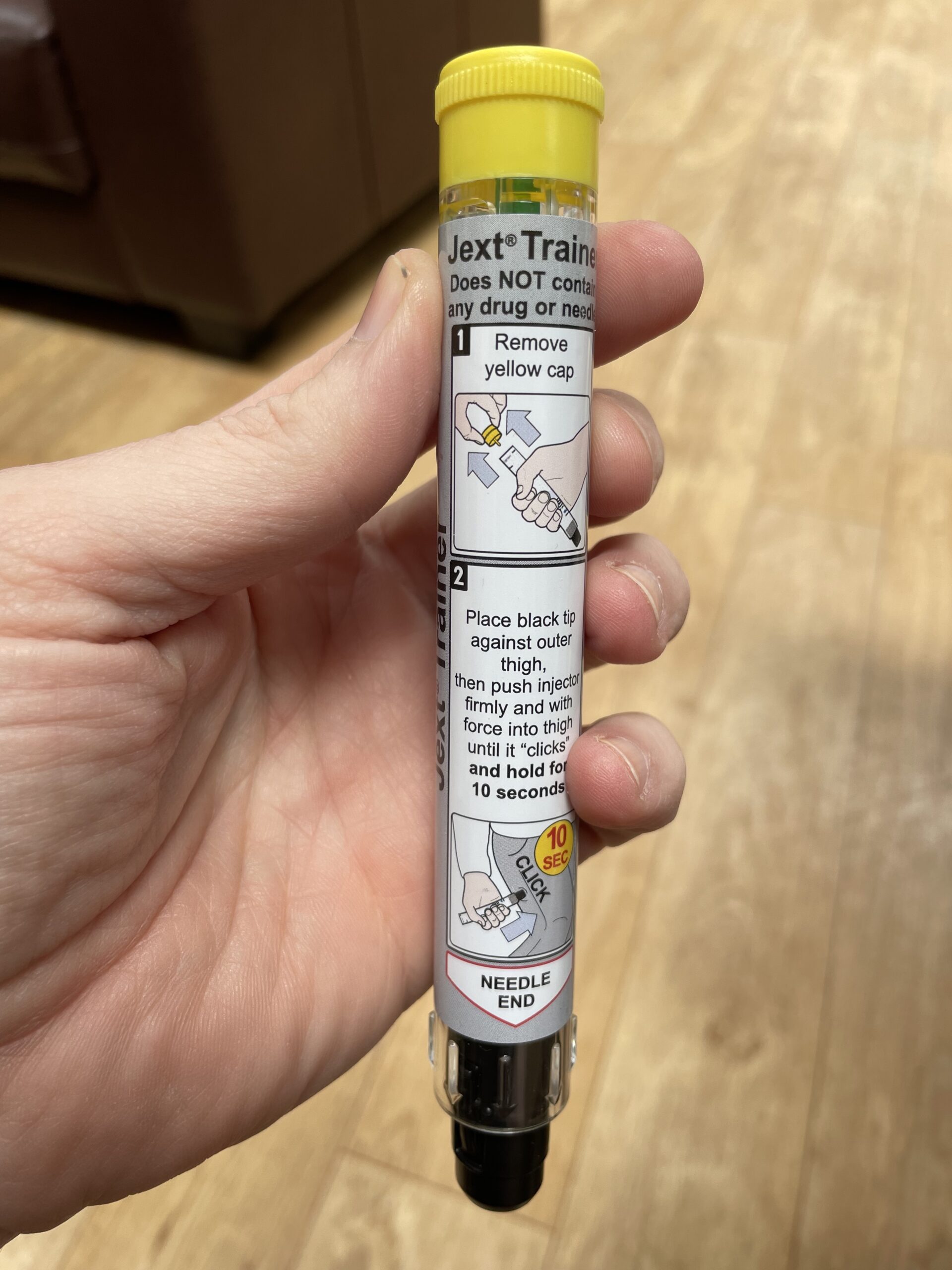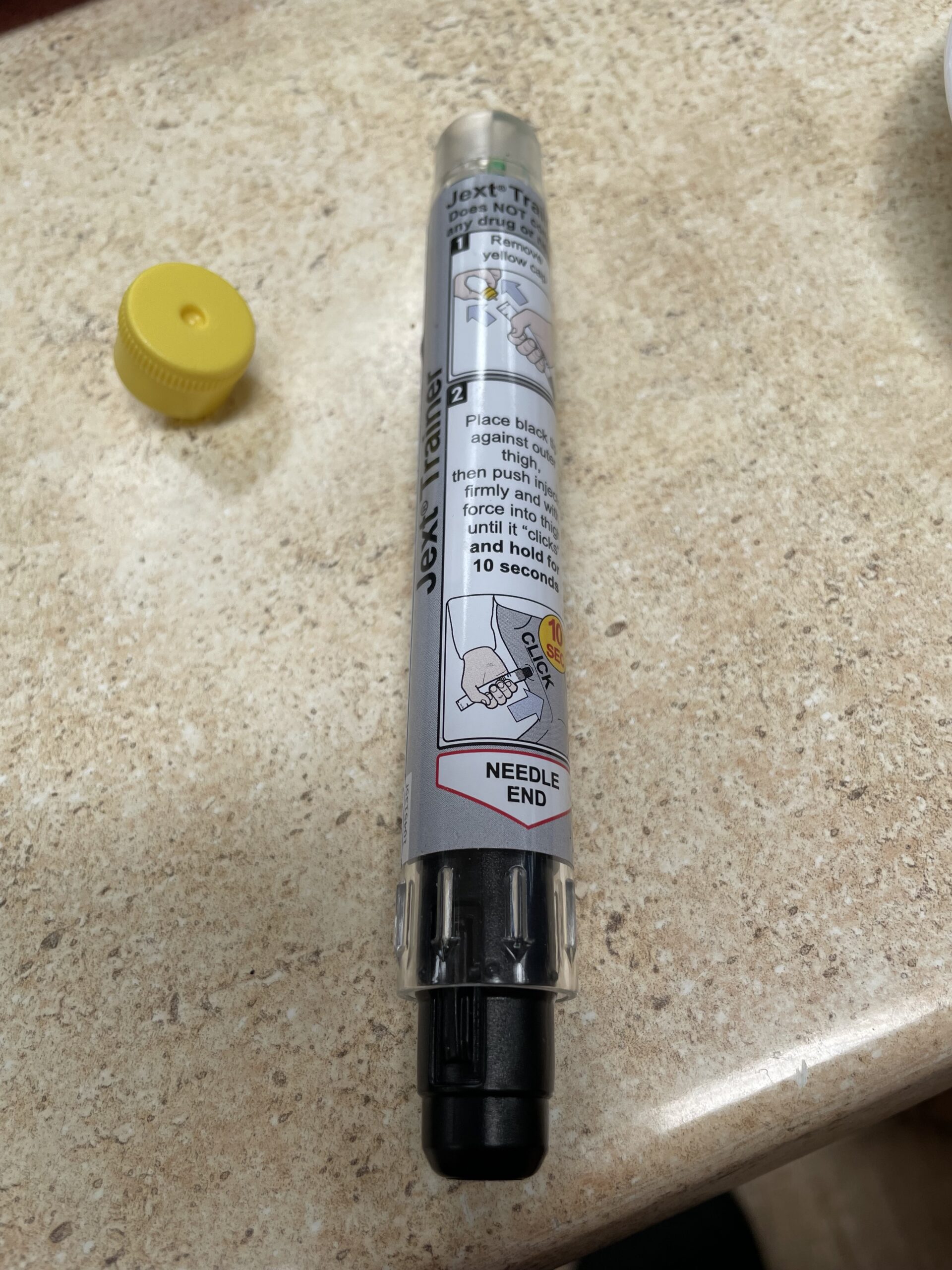Difference Between Anaphylaxis & Allergies
What is the difference between allergies & anaphylaxis? Well many people have allergies such as hay fever or intolerances, this does not mean they suffer with anaphylaxis. Or does it? Anaphylaxis is where the body is rejecting a substance that has entered it. This can either be through ingestion, injection, inhalation or absorbed. Triggers can be 4 primary categories such as food, medicine, blood products & stings. So imagine a world where everything you touch, eat or smell can be deadly, welcome to anaphylactic shock.
Anaphylactic Shock
Shock refers to an affect on body fluids, anaphylactic shock sees a few systems & organs in the body affected. These include the respiratory, circulatory and digestive systems, it can also impact the skin. This is a life threatening and altering condition, so if not dealt with quickly it can have dire consequences like cardiac arrest. Quite commonly foods such as peanut oils, shellfish exoctic fruits or dairy products have been principle triggers. Other causes such as medications include drugs like antibiotics and some pain relievers such as aspirin and paracetamol. Stings from bees, wasps, jellyfish and some plants have also been contributing factors.
There are many potential reasons as to why we see a rise in this, population size being one. However other things are open to debate, for example the amount of additives and preservatives in todays foods. Another perception is that today’s society is to clinical or clean to build an effective immune system. Is there truth in that it takes a bug to kill a bug? As the scientific community continues to study the biological and chemical reactions in the body it understands more. A recent research into a technique called Oral Immunotherapy (OIT) is being developed. This is now at clinical trial level which may witness future therapies.
Signs & Symptoms Anaphylactic Shock
Due to the multiple body systems and organs involved signs and symptoms of anaphylactic shock can vary. However they can include swelling around the face in particular lips and eyes, an itchy rash can present on the skin. In worse cases swelling occurs around the throat closing the airway which leads to unconsciousness, respiratory arrest & cardiac arrest follows. Signs and symptoms present rapidly, because of this we need to act. Quick basic actions save lives in first aid.
Treatment For Anaphylactic Shock
Patients who suffer with anaphylactic shock should be in possession of emergency medication. There are different forms of this by brand name such as epi-pen & jext, to name a few, however they all carry the same product inside. It contains a synthetic version of a hormone already inside our body called adrenaline. Placed against the thigh muscle at 90 degrees from the side. Pockets need to be emptied, pocket entrances and seams must be avoided. When the safety cap has been removed a small amount of pressure is applied towards the persons thy. Once functioned an audible click can be heard, it is then kept in place for 3-10 seconds. The person should rub their thigh, this stimulates blood flow. Placing an emergency call to 999/112 should follow. Professional support is required where more treatments can be given.






You can’t change what happens, you can change what you do about it
Danny McCann – McCann Training Solutions
